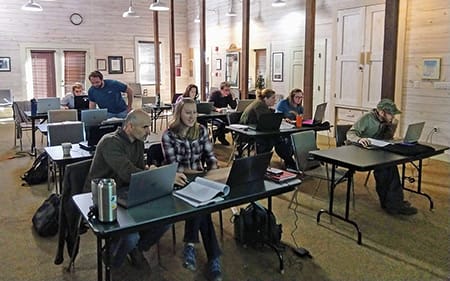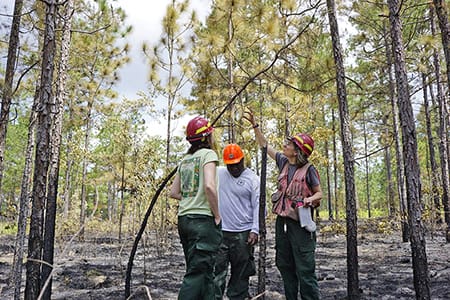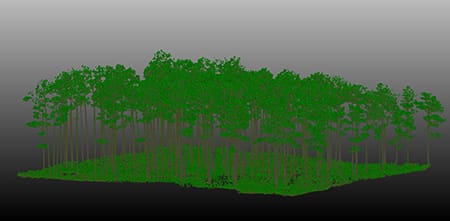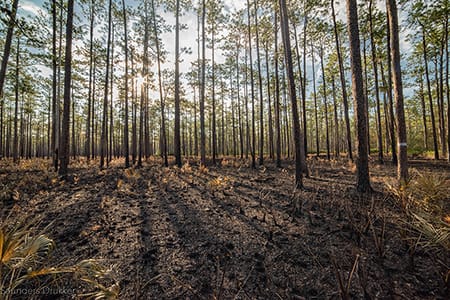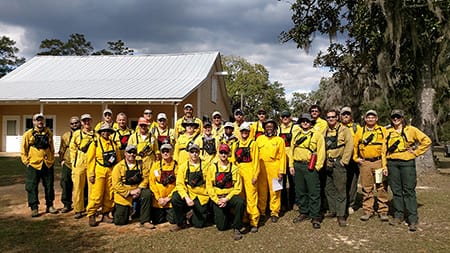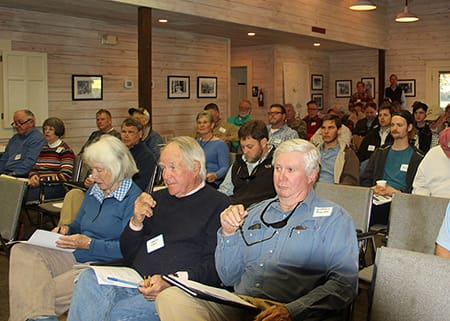As Halloween approaches, their form infiltrates local supermarkets, storefront windows, and perhaps even rest upon the walls of your living room. They’re the nocturnal creatures that deliver a scare as they fly through the cool October air, but bats do more than set the Halloween mood. In fact, bats have a critical job in managing the other creatures that terrify many of us –bugs!
There are 11 species of bats in the Florida panhandle, and contrary to what you may think, none of them want to drink your blood (unless you’re an insect). A single bat may consume as many as 1,000–4,000 insects every night. They’re much more effective than household bug zappers. All that bug biting helps save farmers from crop damage and slows the spread of insect-borne illnesses like West Nile virus.
But sadly, many bat species are vanishing across the country due to habitat loss and a disease called white-nose syndrome. In an effort to slow these frightening declines, biologists are documenting population trends by using the bats’ other unique trait, echolocation.
Tall Timbers’ Stoddard Bird Lab has been deploying acoustic devices around the property that are able to hear the silent sound of bats (well, silent to us, at least). Ultrasonic microphones hear echolocation pulses too high pitched for our ears, and store these records as sound files. These calls can then be processed and tell us what species of bat were flying by the detectors.
Maria Monarchino with Florida Fish and Wildlife Conservation Commission (FWC) is performing a state-wide survey of bats around Florida and provided the equipment necessary for the job. After analyzing the data collected in 2022, the results are very promising.
After sorting through the almost 7,000 bat calls, Maria identified seven species of bats on Tall Timbers, including red and Seminole bats, southeastern myotis, Rafinesque’s big-eared bat and one of our most at-risk species, the tricolored bat.
Tricolored bats have suffered population declines of up to 90% range-wide, which is why they are currently being considered for listing under the Endangered Species Act. We were thrilled to have found tricolored bats across the property throughout the entire year. It seems that Tall Timbers may be hosting one of our rarest bat species, but why might they be so prevalent here?
One reason could be that Tall Timbers has a variety of the habitat types that support foraging and roosting for tricolored bats. Yet another interesting perspective is how prescribed fire could be improving tricolored bat food resources or contributing in some other way to its conservation.
Until we know more about their ecology, it’s difficult to know what can be done to help. By recording bat calls, Tall Timbers and FWC biologists can begin to learn what places bats use and what we can do to keep the woods batty.








